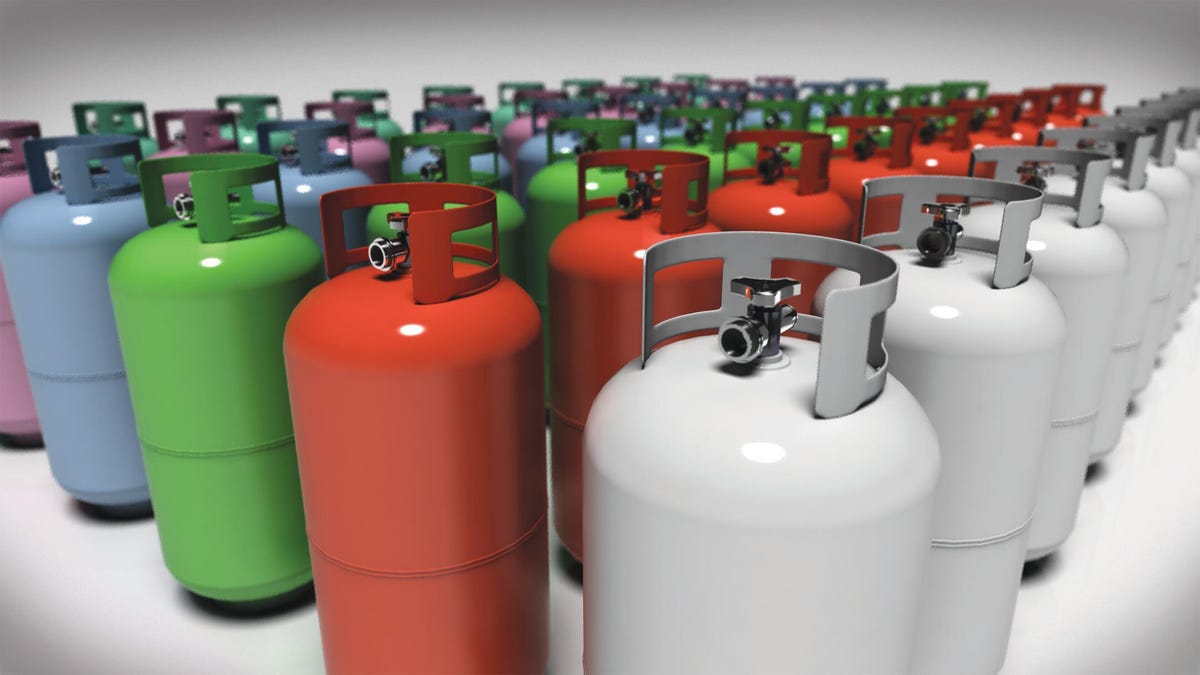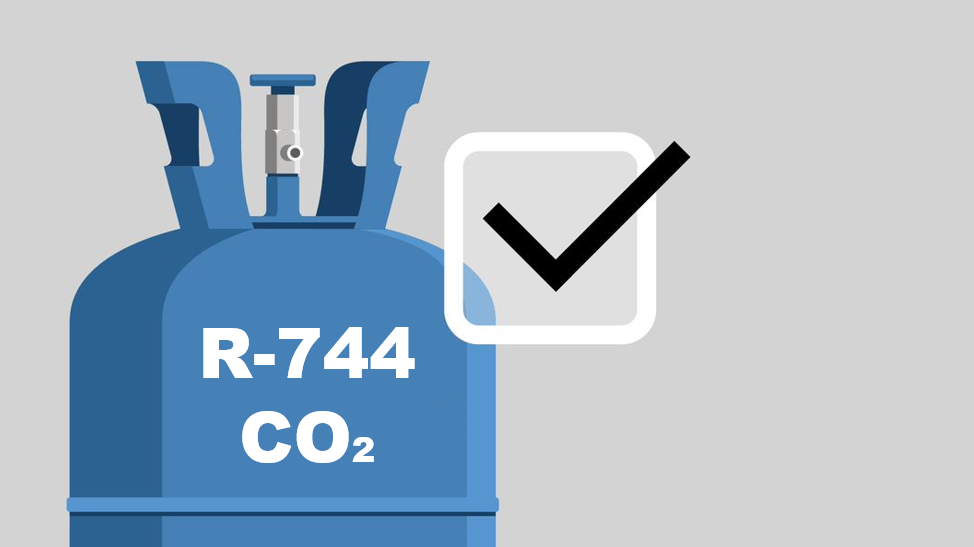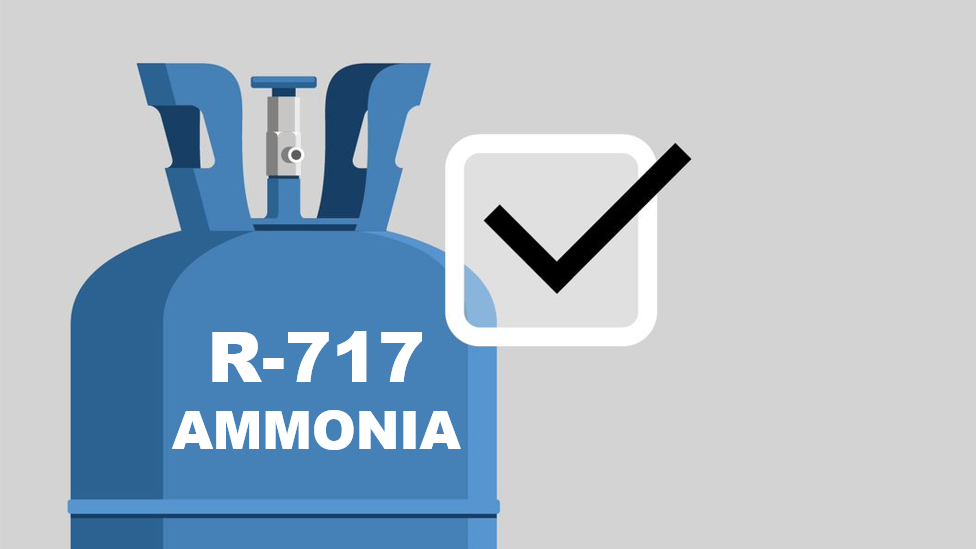High Efficiencies With Low Environmental Impacts
At a time when legacy hydrofluorocarbon (HFC) refrigerants are being phased out due to their high global warming potential (GWP), R-290 has emerged as an increasingly viable low-GWP alternative. With excellent thermodynamic properties — such as low back pressure, high volumetric capacity and coefficient of performance (COP) — R-290 delivers excellent energy efficiencies compared to HFCs.
With a GWP of 3 and an ozone depletion potential (ODP) of 0, R-290 poses virtually no threat to the environment. Current U.S. safety standards limit refrigeration system charges to 150g.

Increasing R-290 Charge Limits Expand Its Potential
Because R-290 is classified as an A3 (flammable) refrigerant, the governing bodies that regulate the safe use of refrigerants in the U.S. have established a 150g maximum charge limit — making R-290 an ideal refrigerant for a wide variety of smaller, self-contained coolers and freezers.
Increasing R-290 charge limits above 150g would expand its potential applications in commercial refrigeration even further. A recent update to the Underwriters Laboratories’ (UL) second edition of its UL 60335-2-89 standard paves the way for higher R-290 charge limits.

Equipment Safety Drives R-290 Adoption
Modern refrigeration technologies have evolved to ensure equipment safety and support the use of R-290 in an expanding range of applications. Today, R-290 is primarily used in small, self-contained, reach-in display cases, beverage coolers, frozen drink machines, ice machines and ice cream freezers — all which feature a built-in condensing unit.
For more than a decade, Copeland has been producing R-290 rated compressors and condensing units to support self-contained refrigeration original equipment manufacturers (OEMs).
Alternative Refrigerant Options
R-290 FAQs
What class of refrigerant is R-290?
R-290 is classified as an A3 (flammable) refrigerant.
Is R-290 a good refrigerant?
R-290 has excellent energy efficiency and thermodynamic properties. In Copeland's lab test, R-290 delivers improved efficiency and performance over legacy HFC refrigerants.
Is the R-290 refrigerant dangerous?
R-290 is safe when proper manufacturing and safety protocols are followed. Because R-290 is more combustible than HFCs, there are several special-use considerations for using it in refrigeration applications. Some examples include, but are not limited to:
- Sealed/gas-tight or fire-/explosion-proof electrical components (UL471/EN 60079-15)
- Spark-free fan motors (brushless)
- Ventilation and leak sensor safety measures
- Special charge and leak detection processes during manufacturing
Which refrigerant is better: R-134A or R-290?
When considering eco-friendliness and performance, R-290 delivers significant benefits over R-134A. In terms of pressure, low back pressure, discharge temperature, volumetric capacity, capacity loss and coefficient of performance (COP), R-290’s performance characteristics are very similar to the phased out R-22 — even outperforming it in certain areas.
What is the R-290 charge limit in refrigeration?
The current R-290 charge limit is 150g. A recent update to the Underwriters Laboratories’ (UL) second edition of its UL 60335-2-89 standard would allow for higher charges based on whether equipment has an open or closed design:
- 500g in open appliances without doors
- 300g in closed appliances with doors or drawers
Further regulatory approvals, model code updates and state/local building code updates are still required to use these higher charges.
What safety precautions are required to use R-290?
Use with adequate ventilation, and keep away from heat, sparks and flames.
What does “highly flammable” mean?
R-290 is considered highly flammable because it has a low LFL (lower flammability limit), low minimum ignition energy (MIE) and high heat of combustion (HOC). Proper design standards and handling procedures can mitigate these safety concerns.
What causes A3s to ignite?
Leaked gas may accumulate in confined areas, and when exposed to a source of ignition (such as an electrical spark), may cause a fire or explosion.





